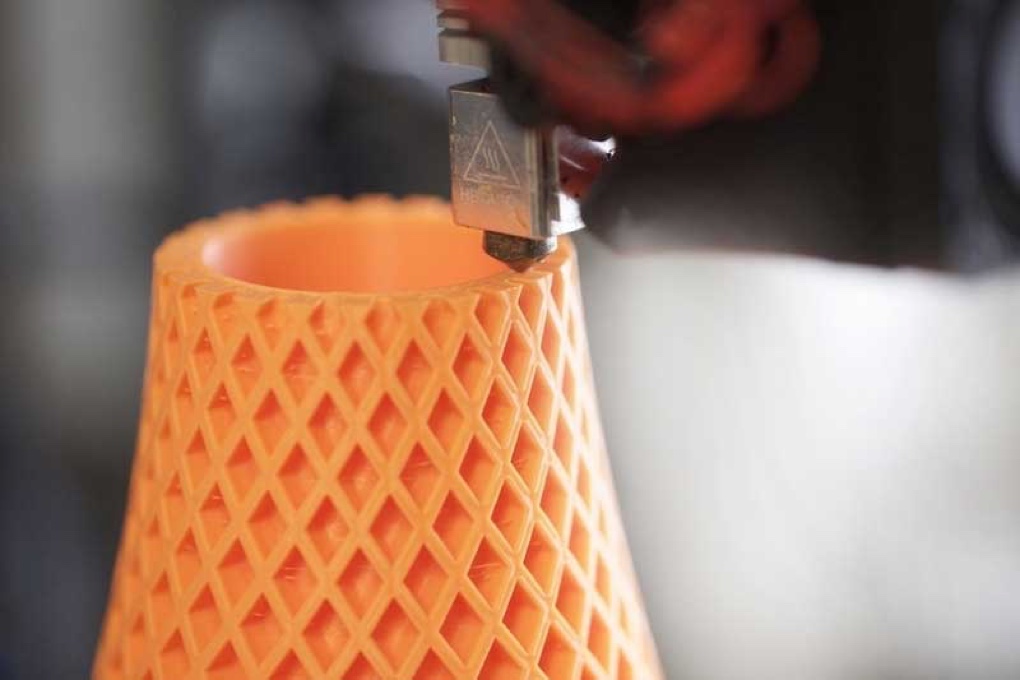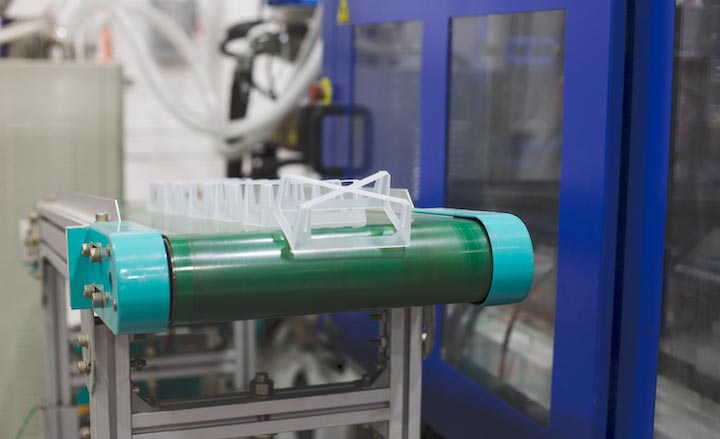- Home
- About Us
- Blog
- Capabilities
Sub-Processes
Plastic Materials
Processes Available
Post Processing
- Contact Us
| Lifecycle | Lead Time | Resolution | Materials |
|---|---|---|---|
| Early stage prototyping | As fast as 1 day | 0.016 mm (0.03 mm for VeroBlack) | Vero, VeroClear, ABS-Like, Rubber-Like |
We can produce parts in just one day thanks to digital manufacturing methods according to our customers’ needs.
We can produce parts in just one day thanks to digital manufacturing methods according to our customers’ needs.
We can produce parts in just one day thanks to digital manufacturing methods according to our customers’ needs.
We can produce parts in just one day thanks to digital manufacturing methods according to our customers’ needs.
Min Wall Thickness | Min End Mill Size | Min Drill Size | Max Part Size | Undercuts | Radii : Depth |
|---|---|---|---|---|---|
0.5 mm | 0.8 mm (0.03 in) | 0.5 mm (0.02 in) | 1200 x 500 x 152 mm [x,y,z] (mill) 152 x 394 mm [d,h] (lathe) | Square profile, full radius, dovetail profiles | Depth must not exceed 12x drill bit diameter. For end mills, depth must not exceed 10x tool diameter. |
Additional Design for Manufacturing Tips
Cost Saving Tips
Fused deposition modeling (FDM) is a 3D printing technology (also known as additive manufacturing) commonly used for modeling, prototyping, and production applications. Each layer is created by extruding material from a nozzle to produce 3D objects.
FDM processes require support material, either breakaway or soluble, so it’s important to keep this in mind when choosing this process as it can affect the final part.


Stereolithography (SLA), the technology used to produce them, supports the creation of plastic parts with tight tolerances, intricate geometries, and smooth surface finishes. And parts printed using SLA stand out because of their exceptional accuracy, resolution, and level of detail. One key advantage of SLA is its ability to achieve finishes that are both highly […]

Are you ready to scale up from 3D printing to injection molding? Then it’s time to tailor your part design for a process that uses metal tooling and has its own unique design requirements. This article begins with some injection molding basics and then explains how to optimize your part design to reduce tooling costs […]